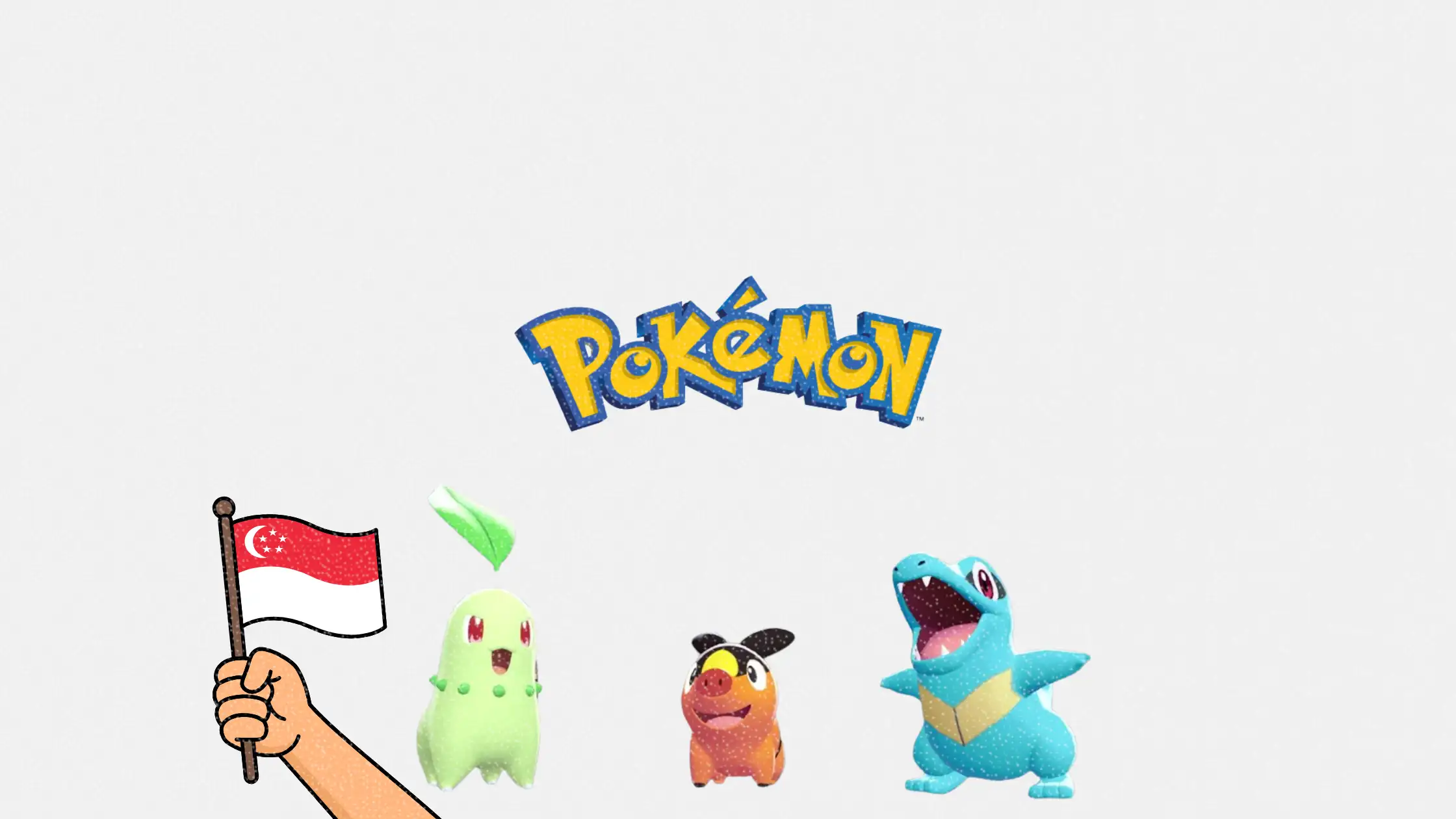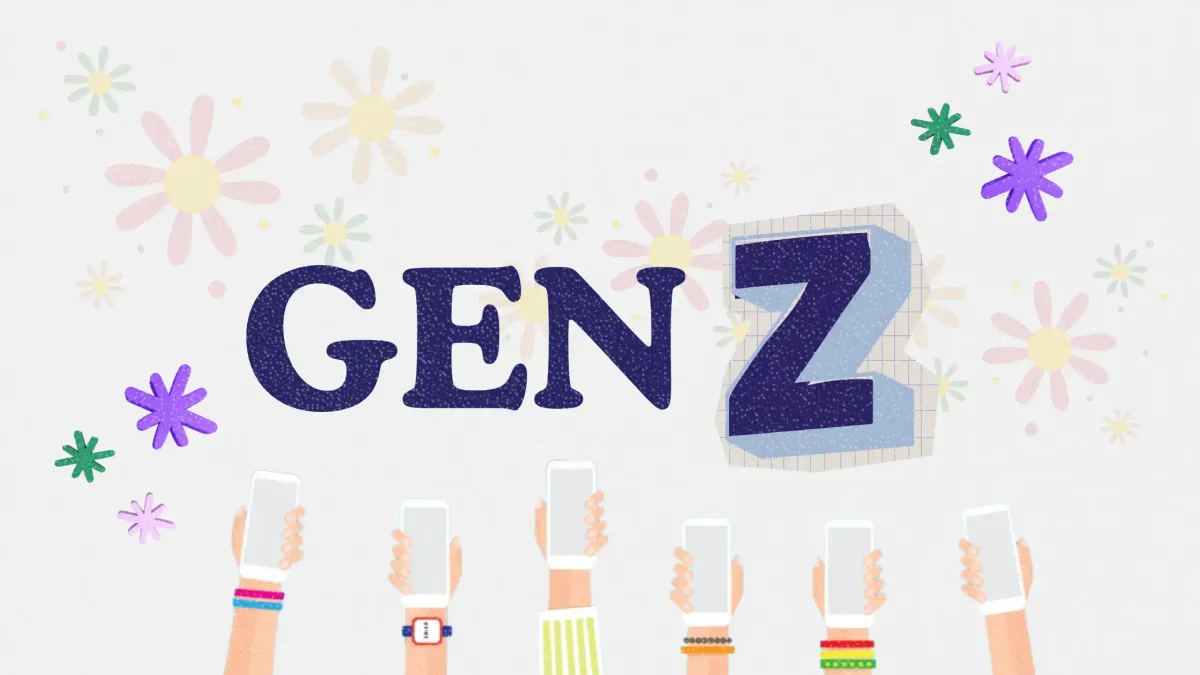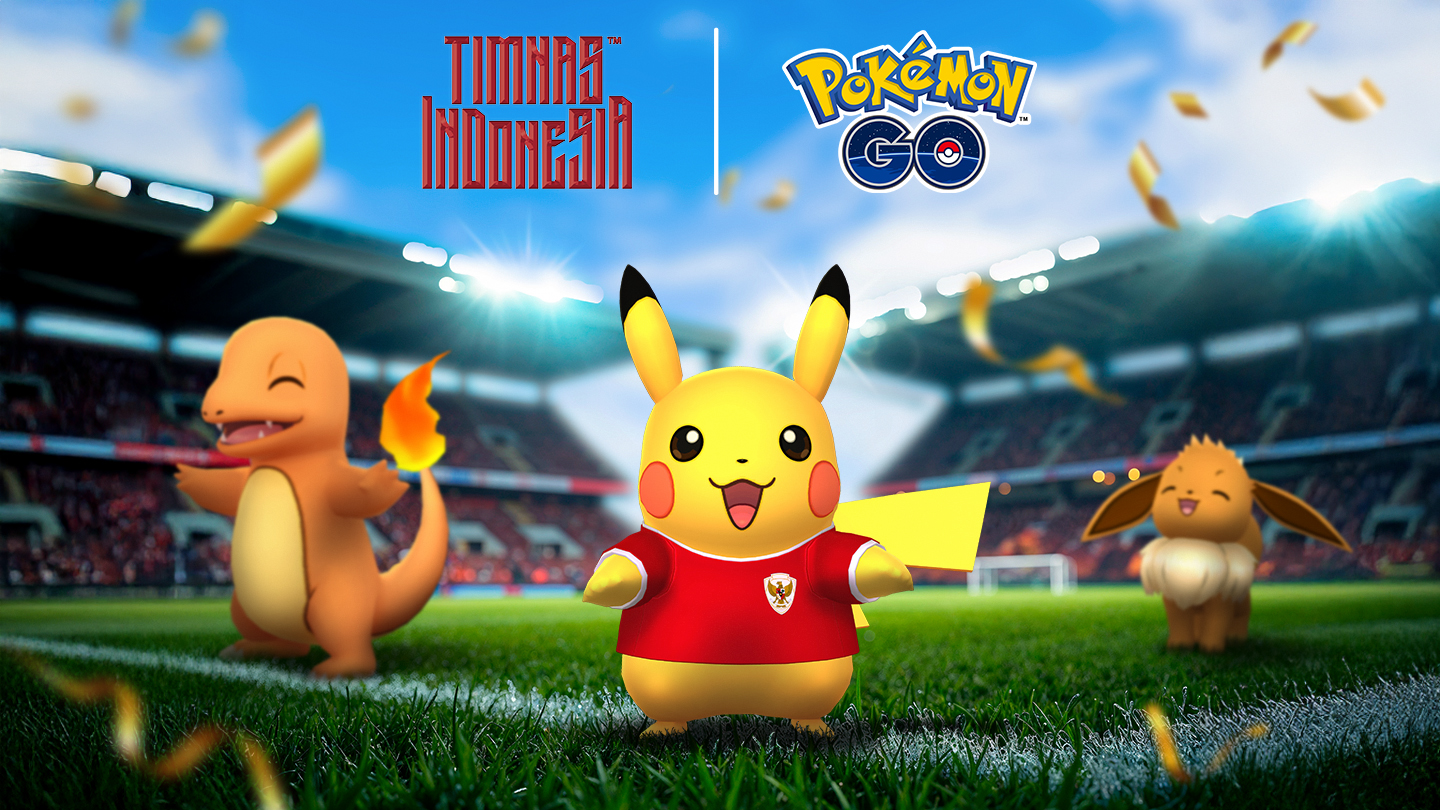Pokémon’s OOH campaign in Singapore shows how nostalgia still sells
Pokémon’s latest campaign turns fans into participants and that’s a lesson for every brand

Pokémon fans in Singapore were treated to more than just a game launch last weekend. They became part of the campaign itself.
To mark the arrival of Pokémon Legends: Z-A, the brand turned Orchard Road into an interactive guessing game by bringing its iconic “Who’s that Pokémon?” quiz to life.
This article explores how Pokémon Singapore blended out-of-home (OOH) media, real-world mascot events, and social content to drive buzz, deepen fandom, and get fans doing the heavy lifting — sharing, speculating, and celebrating the launch across platforms. Marketers take note. This is how you make nostalgia work for business.
Short on time?
Here’s a table of contents for quick access:
- What happened on Orchard Road
- A campaign designed for community and content
- Pokémon’s parallel playbook in Indonesia
- What marketers should know

What happened on Orchard Road
In the lead-up to the official launch of Pokémon Legends: Z-A, Pokémon Singapore lit up the digital screens at Heeren Mall with a clever visual tease. Passers-by saw silhouettes of two mystery Pokémon, a nod to the old-school “Who’s that Pokémon?” interludes from the franchise’s animated series.
The display included the game’s October 16 release date, sparking instant speculation among fans. On launch day, the mystery was solved. Mega Dragonite and Mega Charizard X were revealed, and the message flipped to “Available now,” giving fans a satisfying payoff. The reel was widely shared on Instagram, adding social fuel to the in-person spectacle.
But that was just the start.

A campaign designed for community and content
In the week before the release, Pokémon Singapore hosted a meet-and-greet with Pikachu. The event blurred the line between brand mascot and cultural icon. It was scheduled to repeat on October 25 and 26 to ensure momentum carried beyond launch weekend.
On top of that, fans visiting the Pokémon Center Singapore were encouraged to snap photos at a dedicated photo spot. Those who posted their shots using the hashtags #PokemonCenterSingapore and #PokemonLegendsZA were rewarded with exclusive stickers. It was a lightweight but smart incentive to drive organic UGC and hashtag visibility.
The campaign was a masterclass in channel integration. From digital OOH to social rewards, every touchpoint was designed to activate fans and amplify their passion across platforms.
Pokémon's parallel playbook in Indonesia
Singapore wasn’t the only market seeing action. In Indonesia, The Pokémon Company teamed up with the national football federation (PSSI) and youth league Garuda Sepak Bola Indonesia (GSI) to roll out a sports-themed initiative.
Pikachu, decked out in an Indonesian team jersey, made an appearance during the U-23 Asian Cup 2026 qualifiers alongside football-inspired characters like Cinderace.

More than 1,000 kids from local football clubs were invited to attend the event and received exclusive Pikachu jerseys. This reinforced Pokémon’s reputation for community-first engagement through the lens of national pride and sport. The move also introduced the franchise to Gen Alpha in a way that felt local and culturally relevant.
What marketers should know
Here are four takeaways from Pokémon’s latest campaign:
1. Make nostalgia participatory
Pokémon didn’t just reference nostalgia. It reactivated it. By turning a classic quiz format into a real-world guessing game, the brand gave longtime fans something new to engage with. Marketers working with legacy IPs should think beyond callbacks and focus on experiences fans can interact with.
2. Treat every channel as a multiplier
The campaign worked because each element — billboard, meet-and-greet, hashtag challenge — fed into the next. Rather than siloed activations, Pokémon’s team orchestrated a layered campaign where offline moments created online content and vice versa.
3. Reward simple actions
You don’t need big giveaways to drive participation. In this case, Pokémon used limited-edition stickers to motivate social posts. It’s a low-cost tactic with high engagement potential. Marketers looking to scale experiential efforts should think in terms of ease and collectability.
4. Local relevance drives global brands
In Indonesia, Pokémon localized its approach by linking to football culture and youth development. For global brands, relevance often comes down to recognizing what each market values and showing up in those spaces authentically.
Pokémon’s latest campaigns in Singapore and Indonesia show how to blend fandom, interactivity, and local flavor into a cohesive marketing push.
For brands in entertainment, retail, or even fintech, the lesson is clear. If you want people to talk about your launch, give them something to do and make it share-worthy.





